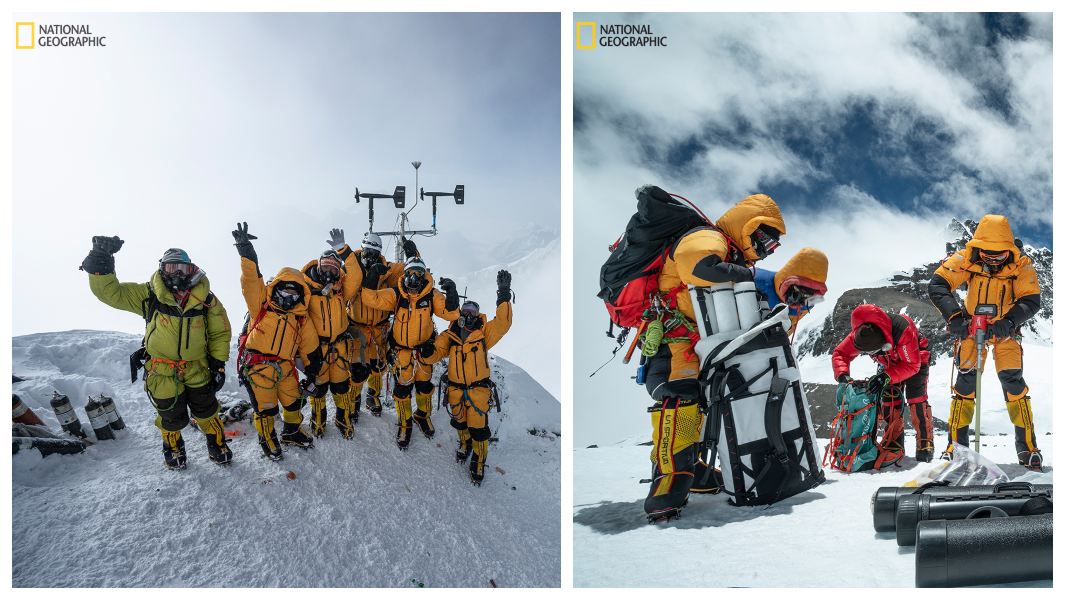National Geographic and Rolex’s record-setting Mount Everest expedition

With climate change affecting the planet, National Geographic set out to examine how far it has gone and through their efforts, set three records.
As the first expedition under the Perpetual Planet Expeditions partnership with Rolex, National Geographic and Tribhuvan University (Nepal), supported by the Department of Hydrology and Meteorology, Government of Nepal, led an expedition that explored the Hindu Kush–Himalaya environment to examine how Mount Everest and its massive mountain system is coping with the impacts of climate change and human interactions.
From April 2019 to June 2019, an international team of scientists, researchers, storytellers, and climbers, conducted the most comprehensive scientific examination of the mountain in history.
The team’s trailblazing research is building understanding and solutions to the impacts of climate change on mountain systems.
These glaciers provide critical water resources to more than one billion people who live downstream.

As a result of their research, the team achieved three records:
- Highest altitude weather station on land
- Highest altitude ice core taken
- Highest altitude microplastic found on land
The record-setting expedition is also featured in Guinness World Records 2022.
Here, we explore their findings, efforts, and the records achieved during their three-month journey:

Highest altitude weather station on land
To understand the extreme weather systems of the area, including the increasingly warmer conditions on the mountain, the team installed five automatic weather stations. These weather stations provide critical information around mountain conditions, atmospheric trends such as humidity levels, temperatures, barometric pressure, and wind direction and speed. The stations were installed at Phortse at 3,810 m, Base Camp at 5,315 m, Camp II at 6,464 m, South Col at 7,945 m, and Balcony, the highest above sea level. The Balcony station is the first-ever terrestrial weather station in the “death zone”, which lies above 8,000 m (26,247 ft).
See how the team installed these weather stations here.

Highest altitude ice core taken
Scientists collected samples of ice, rocks, water, and snow to examine the effects of pollutants and any changes in chemistry within the atmosphere. The team extracted parts of the ice core from the South Col glacier at 8,020 meters (26,312 feet) above sea level, achieving the highest altitude ice core taken. To carefully extract the ice samples, they utilized a specially modified drill system.
Test results revealed the samples contained microplastics, leading the scientists to discover the highest altitude microplastic found on land.
Explore the microplastics here.
Highest altitude microplastic found on land
At nearly 27,000 feet above sea level, the remote area confirmed microplastics within the samples collected between the Base Camp and the Balcony area of Mount Everest. These plastic fibers can be found throughout the world, from the ocean to the highest point on earth. Due to their small size, they are difficult to remove and recycle and often lay to waste, infiltrating the ecosystem and jeopardizing local flora and fauna.
To learn more about our planet and ways to help, check out Guinness World Records 2022
Header image credit: Left - Mark Fisher/National Geographic, Right - Dirk Collins/National Geographic


